Distribution of world haplogroups in the Timorese sample
The Y-STR analysis yielded genotypes for 265 of the 267 Timorese males. Using the publicly available databases World Haplogroup & Haplo-I Subclade Predictor[1] and Althey's Haplogroup Predictor[2], 11 haplogroups were assigned to 248 of these subjects. The origin of the haplogroups is mostly Asia (73%), followed by Africa and Eurasia (13% each), and a small percent Oceana (1%).
MtDNA genotypes were determined for all 535 Timorese subjects using the publicly available reference data and are distributed among 14 haplogroups. The haplogroups distribution shows that the origin of the Timorese males is mostly Asian (69%), followed by Oceanic (17%), African (13%), and a small percent Eurasian (1%). Given the within-group diversity present, it is likely that either multiple migrations or a few migrations of distantly related male individuals from Asia and other parts of the Old World have populated the islands, which is consistent with pre-historical and historical events.Relevante Bilder
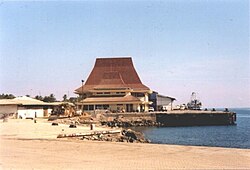




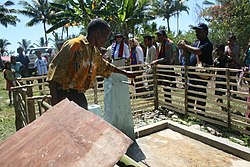









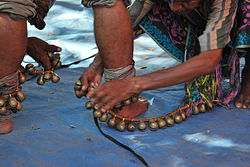













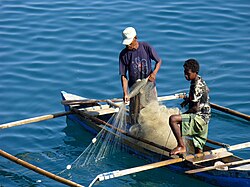







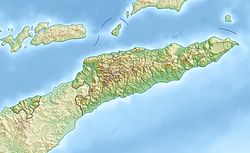



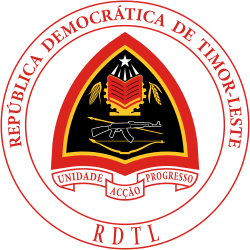
Relevante Artikel
OsttimorOsttimor, amtlich Demokratische Republik Timor-Leste, ist ein demokratischer Inselstaat in Südostasien und war der erste Staat, der im 21. Jahrhundert unabhängig wurde. Die einzige Landgrenze trennt Osttimor vom indonesischen Westteil der Insel Timor, der zur Provinz Ost-Nusa Tenggara gehört. Nördlich liegen die zu Indonesien gehörenden Inseln Alor, Wetar und Liran und nordöstlich weitere Inseln der indonesischen Provinz Maluku. Australien liegt südlich, jenseits der Timorsee. Neben dem Ostteil Timors gehören zum Staat Osttimor auch die Exklave Oe-Cusse Ambeno in Westtimor und die Inseln Atauro und Jaco. .. weiterlesen
